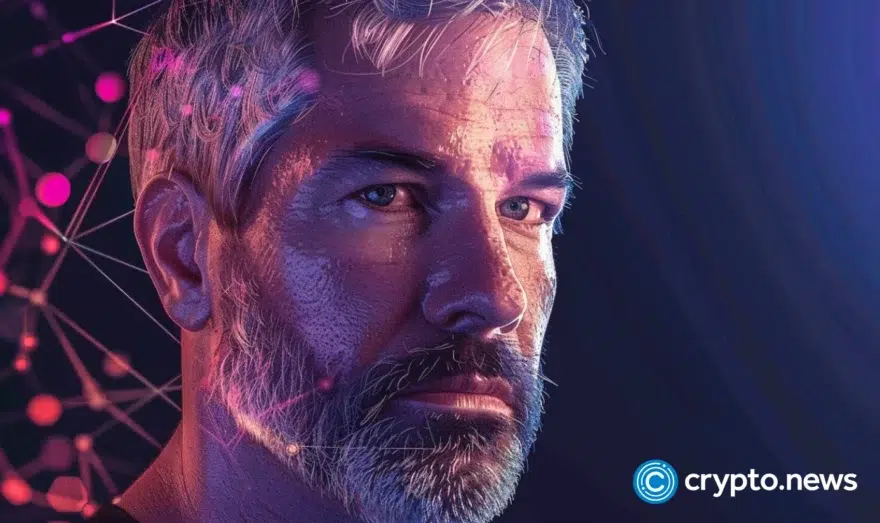Incentives: Tokens, Privileges, Rewards, and Penalties in Cryptoeconomics

Cryptoeconomics refers to the use of cryptography in order to create economic systems. This fairly new branch of economics came into existence following Satoshi Nakamoto’s creation of Bitcoin in 2009. Following the creation of a large number of altcoins, cryptoeconomics is now the backbone of an industry that possesses significant value.
Table of Contents
Cryptoeconomics utilizes cryptography to prove or ascertain the properties of past events. Economic principles are employed in order to encourage the actions of the players within the system to keep the network in good functioning order. Vitalik Buterin describes these principles as the “economic incentives defined inside the system to encourage desired properties to hold into the future.”
The economic incentives witnessed within cryptosystems take four forms. These are tokens, privileges, rewards, and penalties. In this article, you will learn how these incentives work and what role they play in cryptocurrency networks.
Tokens
While cryptocurrencies have burst into the front of public interest due to their functions as a store of value as well as mediums of exchange, many networks are designed to utilize tokens as an incentive system. In fact, this is the best-known incentive method and arguably one of the most attractive to some within the crypto community.
Blockchain-based networks are designed to introduce new units of the relevant cryptocurrency after predefined criterion is fulfilled. For most blockchains, this usually happens as a function of the consensus mechanism employed within the network.
Within the Bitcoin network, the proof-of-work mechanism performs double duty.
“By convention, the first transaction in a block is a special transaction that starts a new coin owned by the creator of the block. This adds an incentive for nodes to support the network and provides a way to initially distribute coins into circulation since there is no central authority to issue them. The steady addition of a constant of amount of new coins is analogous to gold miners expending resources to add gold to circulation. In our case, it is CPU time and electricity that is expended.”
The token incentive is commonly referred to as the block reward. In Bitcoin’s protocol, the block reward is designed to halve after every 210,000 blocks. What started out as 50 units has now decreased to 12.5 units. Additionally, mining difficulty has increased due to a number of factors. However, this fact has done little to dissuade people from participating in keeping the network secure. Evidence for this can be found in the growing market for mining equipment.
Privileges
Another feature included in the protocol design of blockchain-based systems is the concept of privileges. Buterin defines this as a way to “incentivize actors by giving them decision-making rights that can be used to extract rent.”
Within the Bitcoin network, this is best exemplified by transaction fees. Actors who participate in the network as miners are entitled to keep the fees levied on every transaction.
“The incentive can also be funded with transaction fees. If the output value of a transaction is less than its input value, the difference is a transaction fee that is added to the incentive value of the block containing the transaction. Once a predetermined number of coins have entered circulation, the incentive can transition entirely to transaction fees and be completely inflation free,” Buterin stated.
Additionally, the miners who start a new block are able to pick which transactions they will validate and add to the blockchain. This way, they can pick the transactions with the highest fees attached.
Rewards
Rewards are a tool used to encourage good behavior among actors in a network. Rewards can take the form of increasing actors’ token balances or providing them with privileges if they do something positive for the network.
One of the best examples of this incentive method is Steemit. The blockchain-powered social network and blogging platform rewards participants based on a model it calls the proof-of-brain system. Participants are rewarded for publishing high-quality content that is upvoted by the network’s user base. Additionally, when participants either upvote or comment on other content, they may also receive monetary rewards with units of the blockchain network’s native cryptocurrency.
Additionally, actors are rewarded for their continued participation in the network by receiving an increase in their reputation. A better standing within the Steemit community has direct effects on how much money the actors can earn. Thus, the protocol is designed to give good actors more privileges in the form of a reputation score, when they contribute to the good of the network.
Penalties
Penalties are the tools used to punish bad behavior undertaken by network participants. Penalties can take many forms and are dependent on the design of the network. For instance, within the Bitcoin network, once a miner attempts to be dishonest and the network ascertains this, the network simply discards the block and reverts to the longest chain.
However, the dishonest miner has already expended time and a considerable amount of resources in the attempt. This hard-wired rule acts both as a deterrent and a punishment.
In systems like the proof-of-stake consensus mechanism, punishment can be more severe as it can involve the confiscation or removal of the bad actors’ tokens. For instance, the Casper system being developed for the Ethereum network works in this way: “Casper works against this tendency of forgers to stake on all forks by penalizing actors that do so. If a validator signs on two conflicting block headers, their stake will be completely or partially slashed.”
The combination of tokens, privileges, rewards, and penalties aims to create a scenario where all participants are incentivized to remain honest so that they can benefit from the functioning network.












